Like most museums, the Baltimore Museum of Art has hardly any works by women. It will buy only women’s art for a year, and showcase the works it has already
Critics say a lot more needs doing, and director agrees it’s only a small step, but hopes Baltimore’s example reverberates through the art museum world
Agence France-Presse 10 Feb, 20
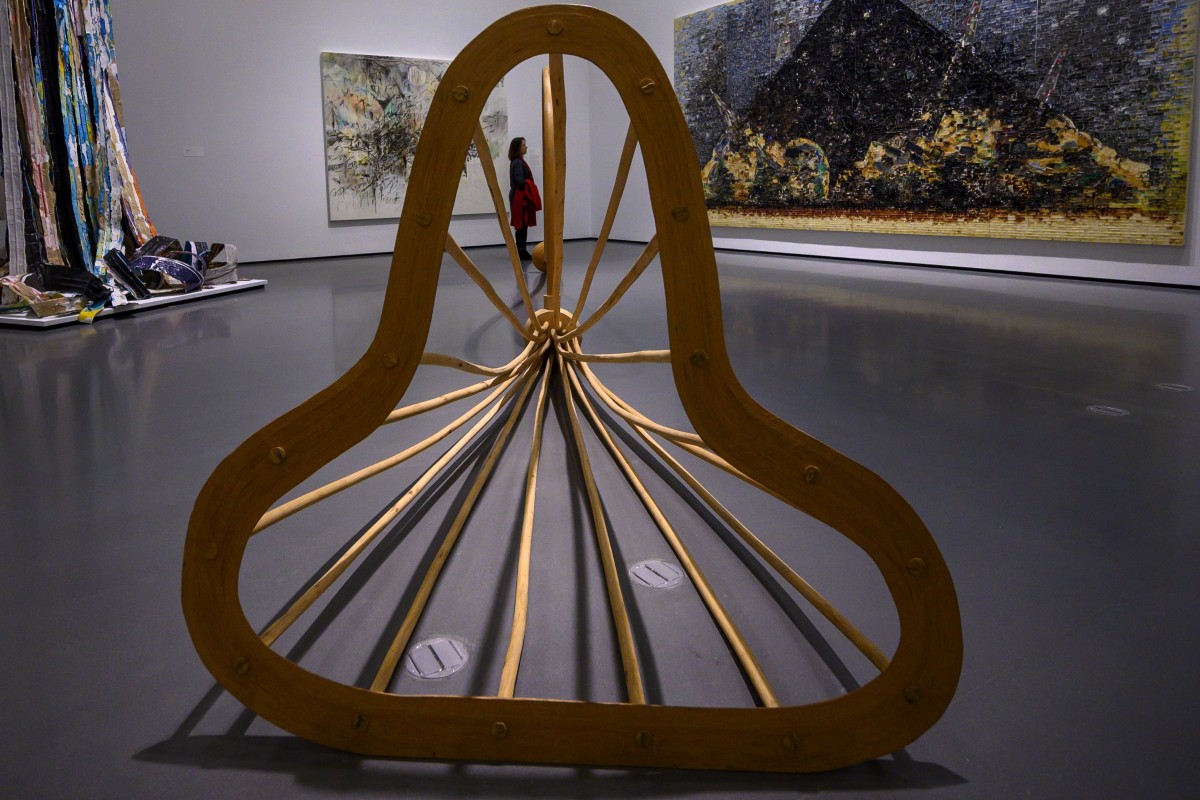
An exhibit at the Baltimore Museum of Art in Baltimore, Maryland, the US. The museum will buy only works by women for a year as a step to addressing a huge gender imbalance in the artists its collection represents. Photo: AFP via Getty Images
An American museum has come up with a way to boost women’s participation in the arts: this year it will only acquire works by females.
The Baltimore Museum of Art (BMA), in the state of Maryland, is best known for housing the largest public collection of
Matisse works anywhere in the world. Late last year it attracted major press attention with word that in 2020 it would only purchase works by women, drawing both praise and scepticism.
“I think it’s a radical and timely decision in 2020, to take the bull by the horns and do this,” says the museum’s director, Christopher Bedford.
This year marks the 100th anniversary of the adoption of the 19th Amendment to the US constitution, which gave women the right to vote. It also gave the museum pause to do some soul-searching: of its 95,000 works, only four per cent are by women artists, says Bedford.
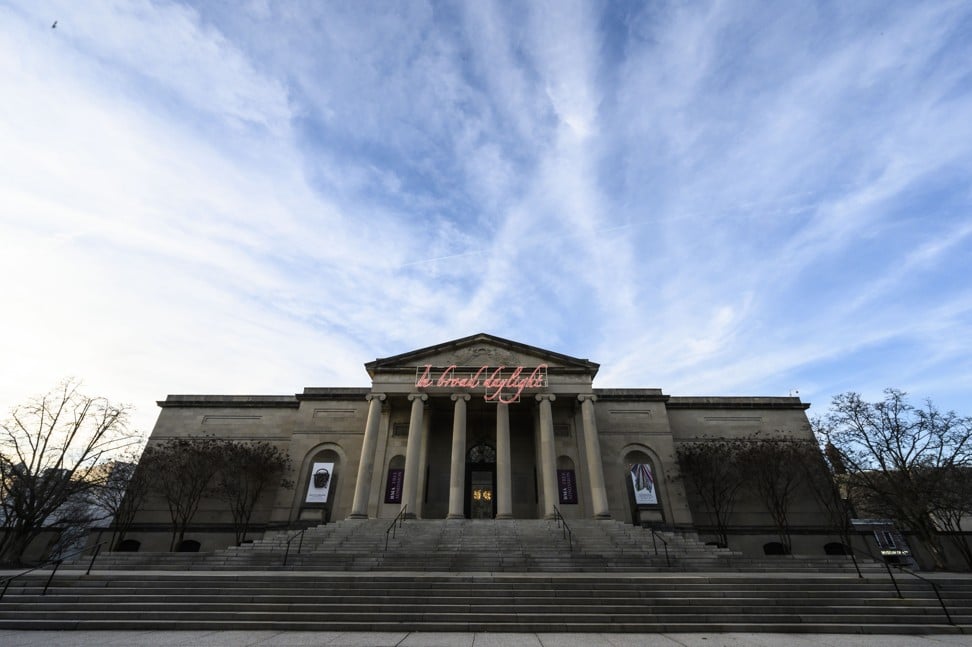
The exterior of the Baltimore Museum of Art in Maryland. Photo: AFP via Getty Images
“We’re an institution largely built by women leaders,” he says. The museum’s first director was a woman. And it is largely thanks to two women – the Cone sisters – and their friendship with Henri Matisse that the museum boasts such a rich collection of works by the French artist.
So the museum will spend US$2.5 million this year on works by women. It will also reorganise several rooms to showcase the work of women and offer 20-odd exhibits of works by female artists. It will, however, continue to accept donations of art done by men.
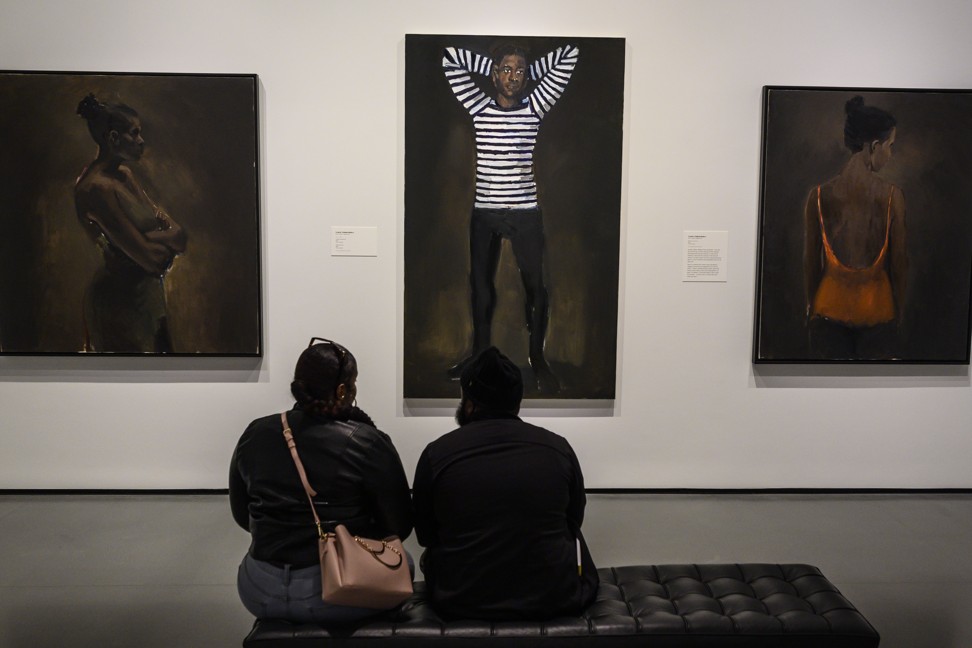
Visitors look at paintings by female artist Lynette Yiadom-Boakye at the Baltimore Museum of Art. Photo: AFP via Getty Images
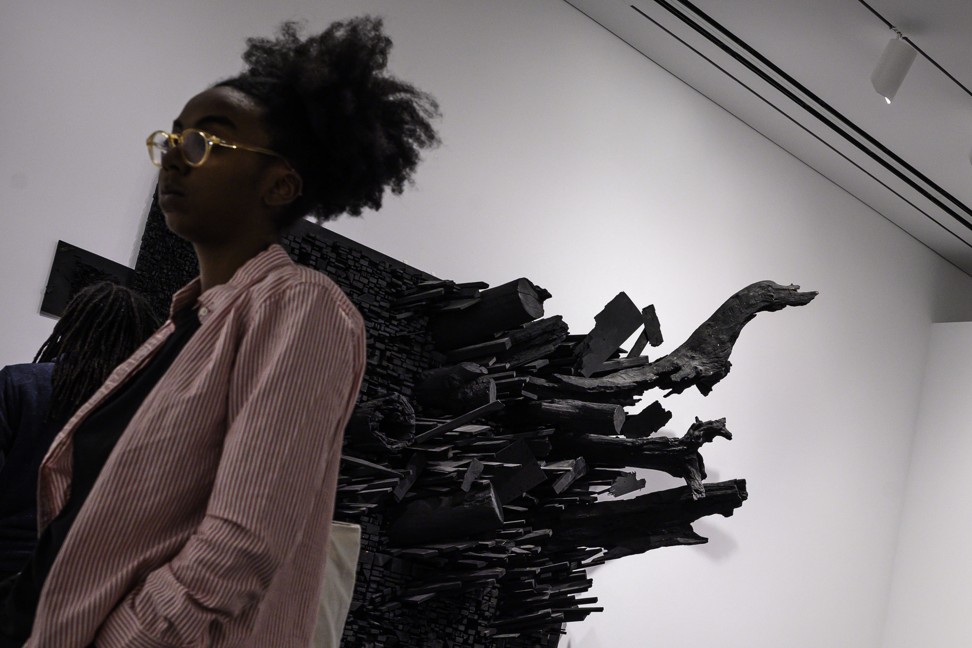
A woman walks by a sculpture at the Baltimore Museum of Art. Photo: AFP via Getty Images
The BMA is hardly alone in having such a disproportionate amount of art by men. The fame of artists such as Elisabeth Vigee Le Brun,
Frida Kahlo and Louise Bourgeois is an exception to the rule. A study published last year by the scientific journal Plos-One found that in 18 major American museums, 87 per cent of the artists whose works were on show were men.
And from 2008 to 2018, of 260,470 works acquired by 26 big museums, only 11 per cent were by women, according to a study by the company Artnet and the podcast: “In Other Words.”
This is the fruit of centuries of discrimination that can be either intentional or not, said Bedford. “And unless you call out that habit and consciously find a way to work against it, then you will never have a properly equitable museum,” he says.
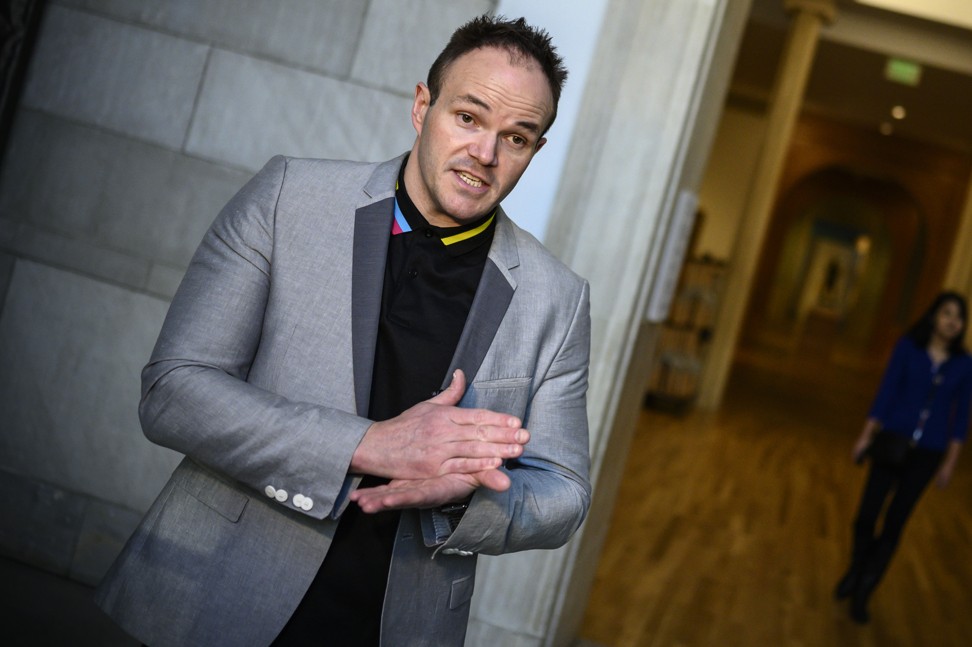
Baltimore Museum of Art director Christopher Bedford. Photo: AFP via Getty Images
While the museum’s initiative has been welcomed by many as a good first step, not everyone is sold on it. Teri Henderson, a curator based in Baltimore, questions the museum’s use of the word “radical” to describe its decision to acquire only art by women for a year.
“I have observed that organisations and institutions use the word ‘radical’ as a sort of buzzword without actually implementing any programming or effort that is truly radical,” Henderson says.
“I do know that one year of collecting attached to this interesting choice of word cannot truly rectify the imbalance in the art world and in museums. I do think this year of collecting art by only women could possibly be the first step, but it is a tiny step.”

A visitor checks out an artwork by Baltimore female artist Shinique Smith. Photo: AFP via Getty Images
Bedford agreed that this plan is just a start.
“I’m also hoping that our decision has a reverberating effect across the museum field,” he says. “And that’s a consciousness-raising act as well. It’s supposed to precipitate an endless action in that direction,” he added, promising also to publish the results of this female-only programme in a year.
Henderson said that “many gigantic steps” are needed to rectify the male-female imbalance in the art world.
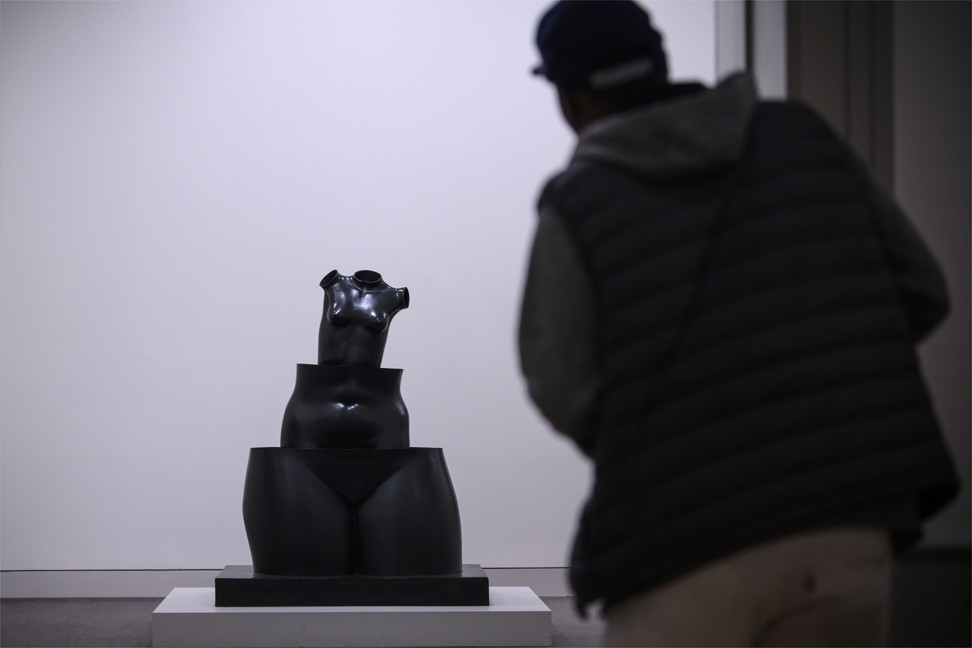
A sculpture at the Baltimore Museum of Art. Photo: AFP via Getty Images
She says that, for instance, museums need to invest in living artists that live and work in the surrounding areas if they really want to reflect the richness and diversity of today’s art.
“Stop buying art that isn’t good just because it’s made by well-known white artists. Start taking risks and investing in black and brown living artists,” she says.
Donna Drew Sawyer, chief executive officer of the Baltimore Office of Promotion and The Arts, had several questions about the initiative, including the fact that it drew so much attention.
“Why did a male’s call to action seem to resonate so loudly in this instance when women are the subject and have been calling for the same action forever?” Sawyer wrote in the magazine BmoreArt.
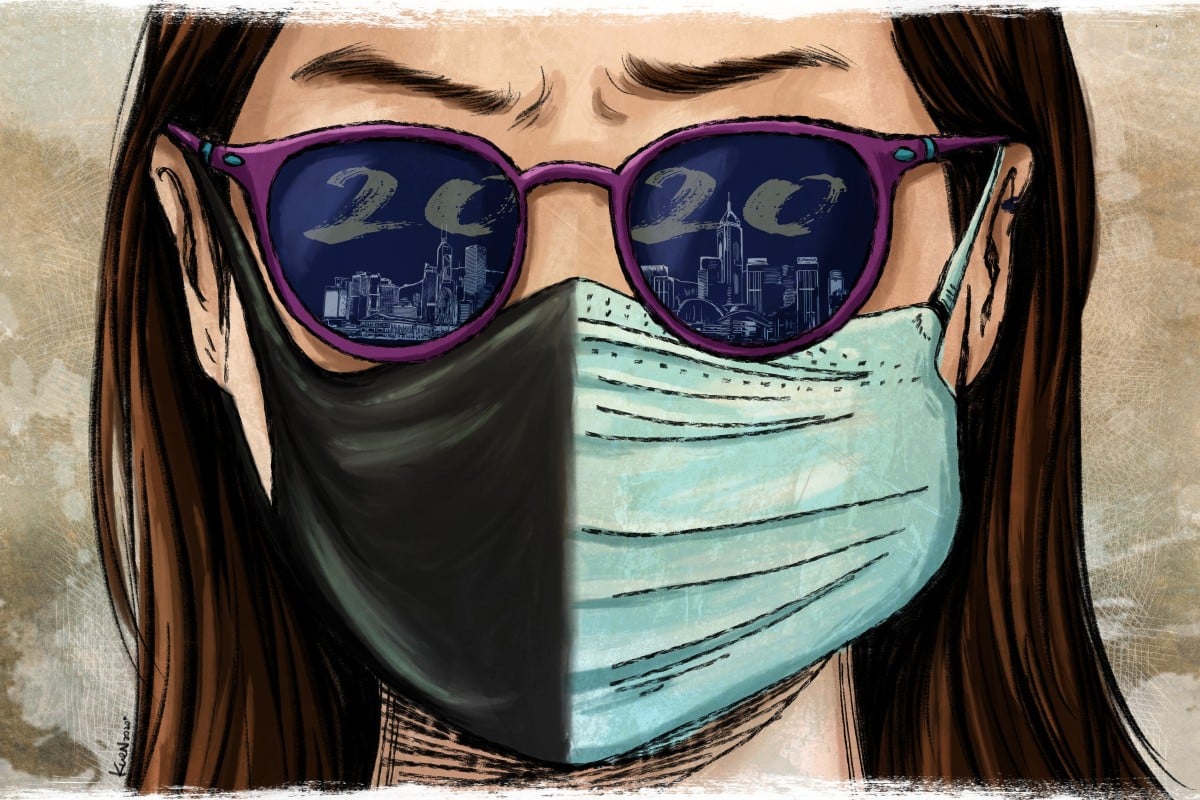
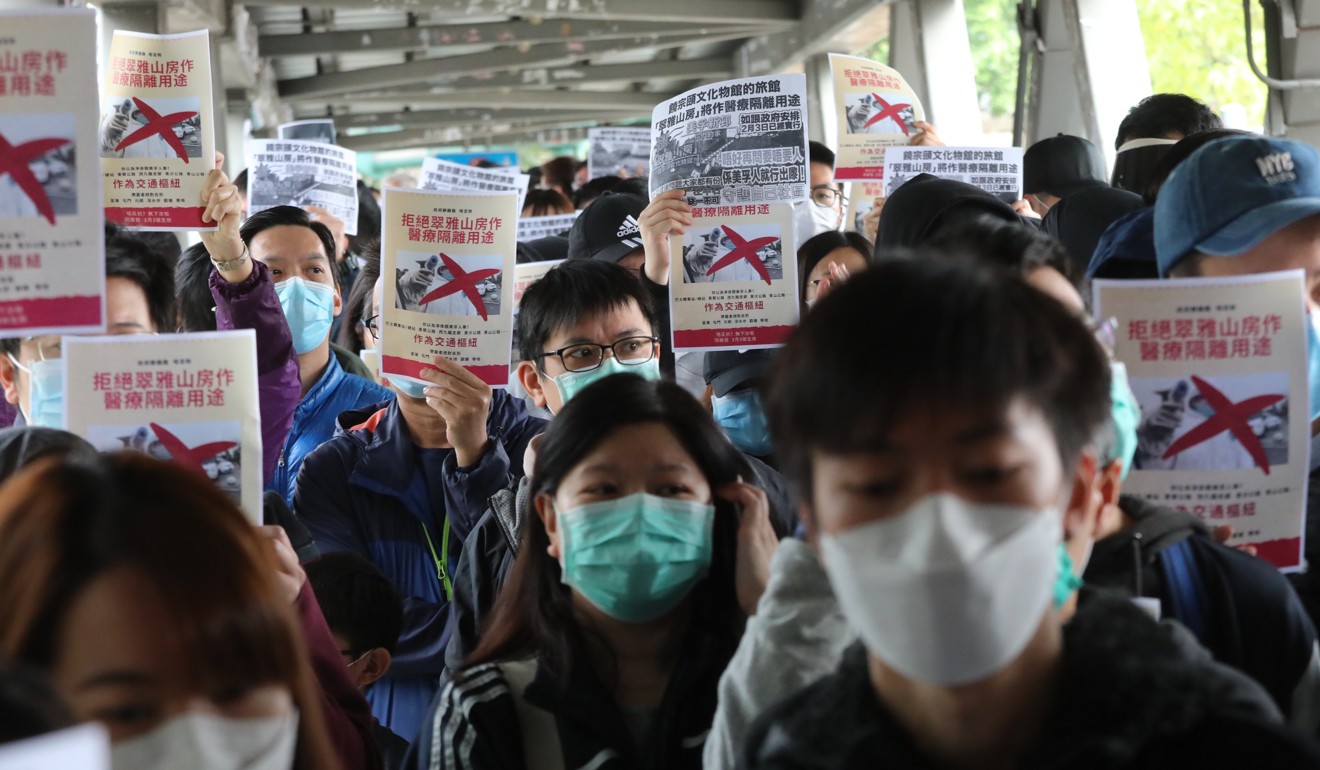
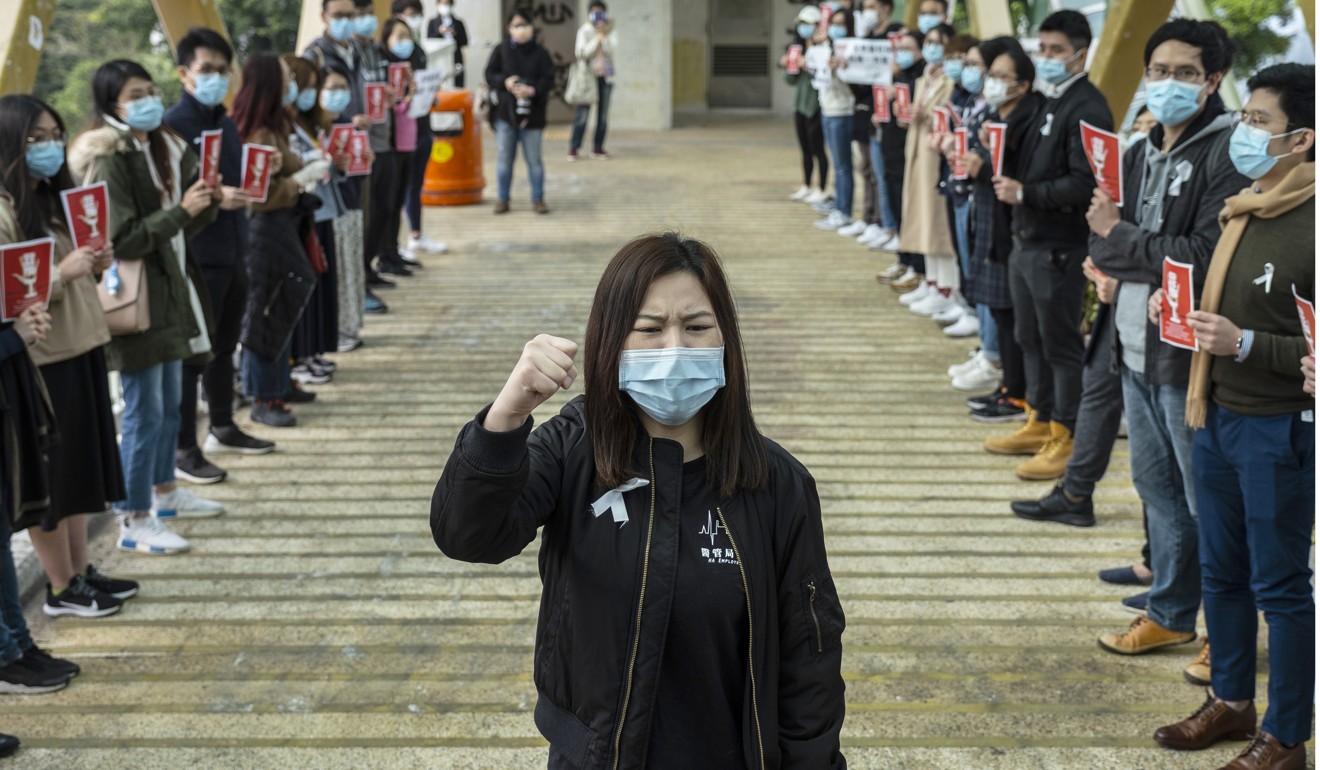



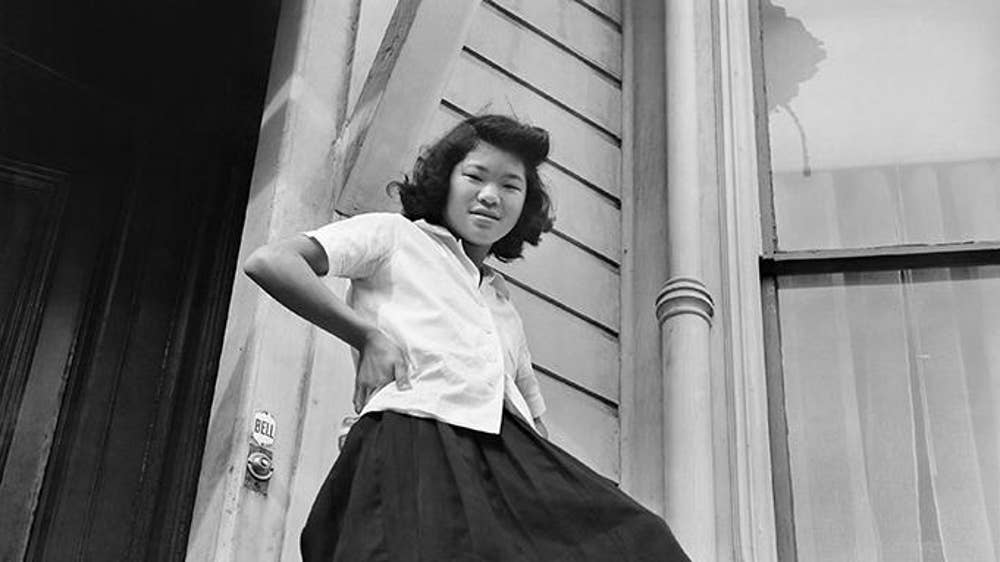

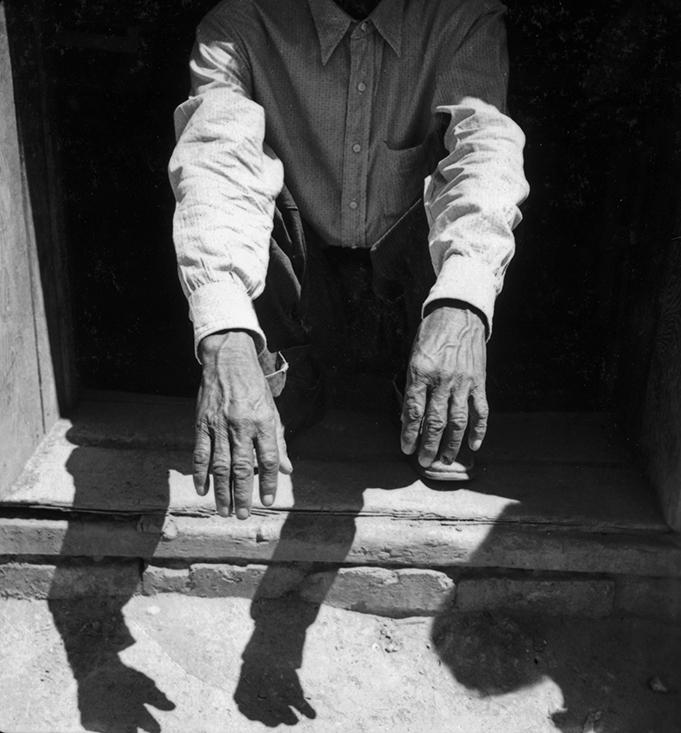
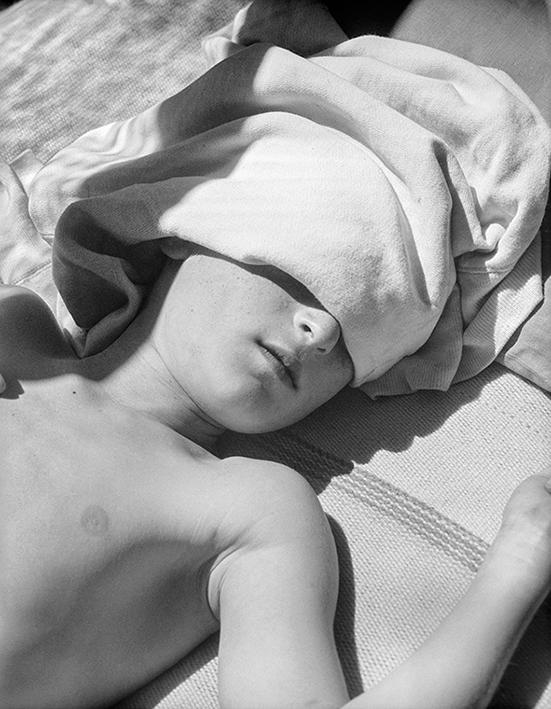




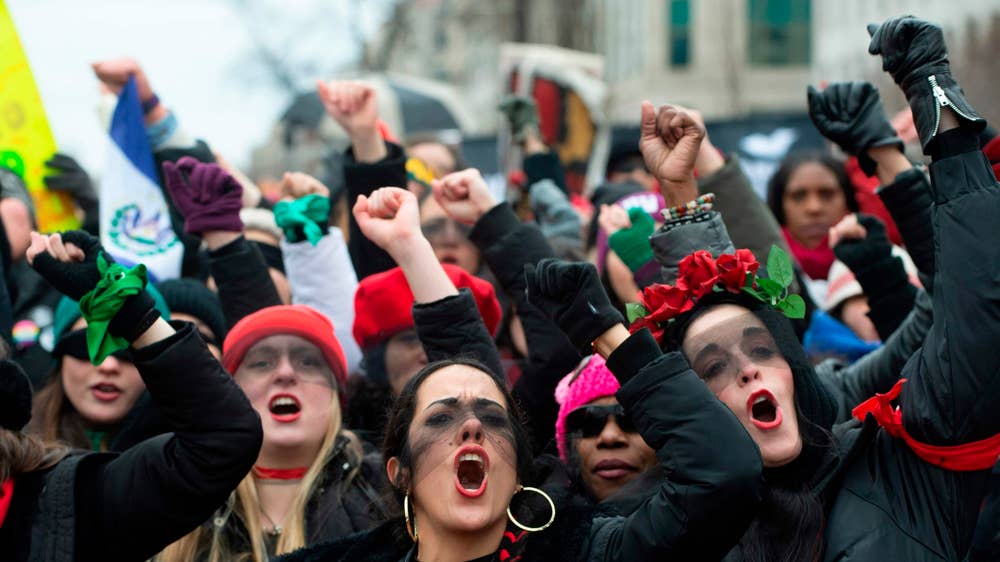
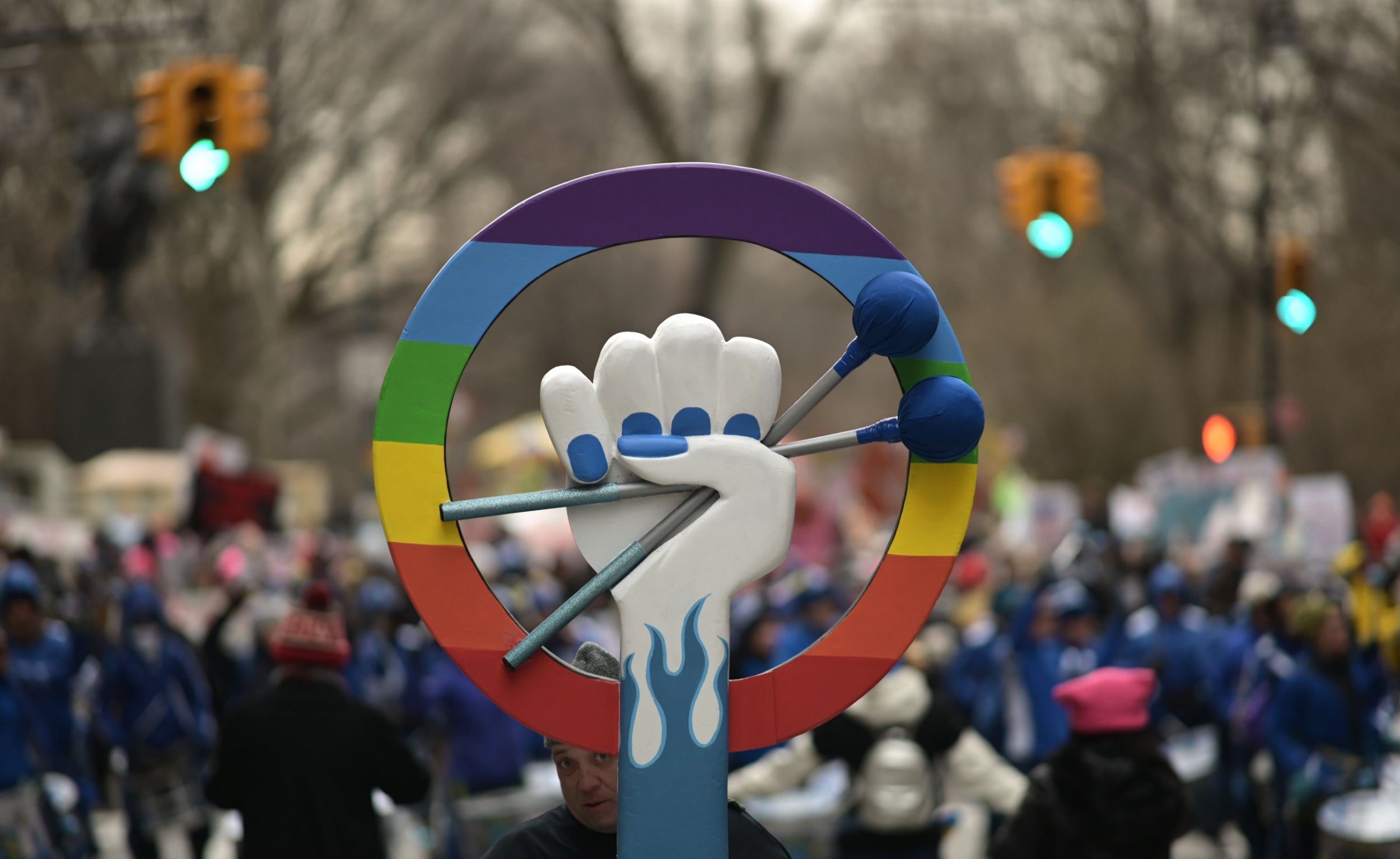
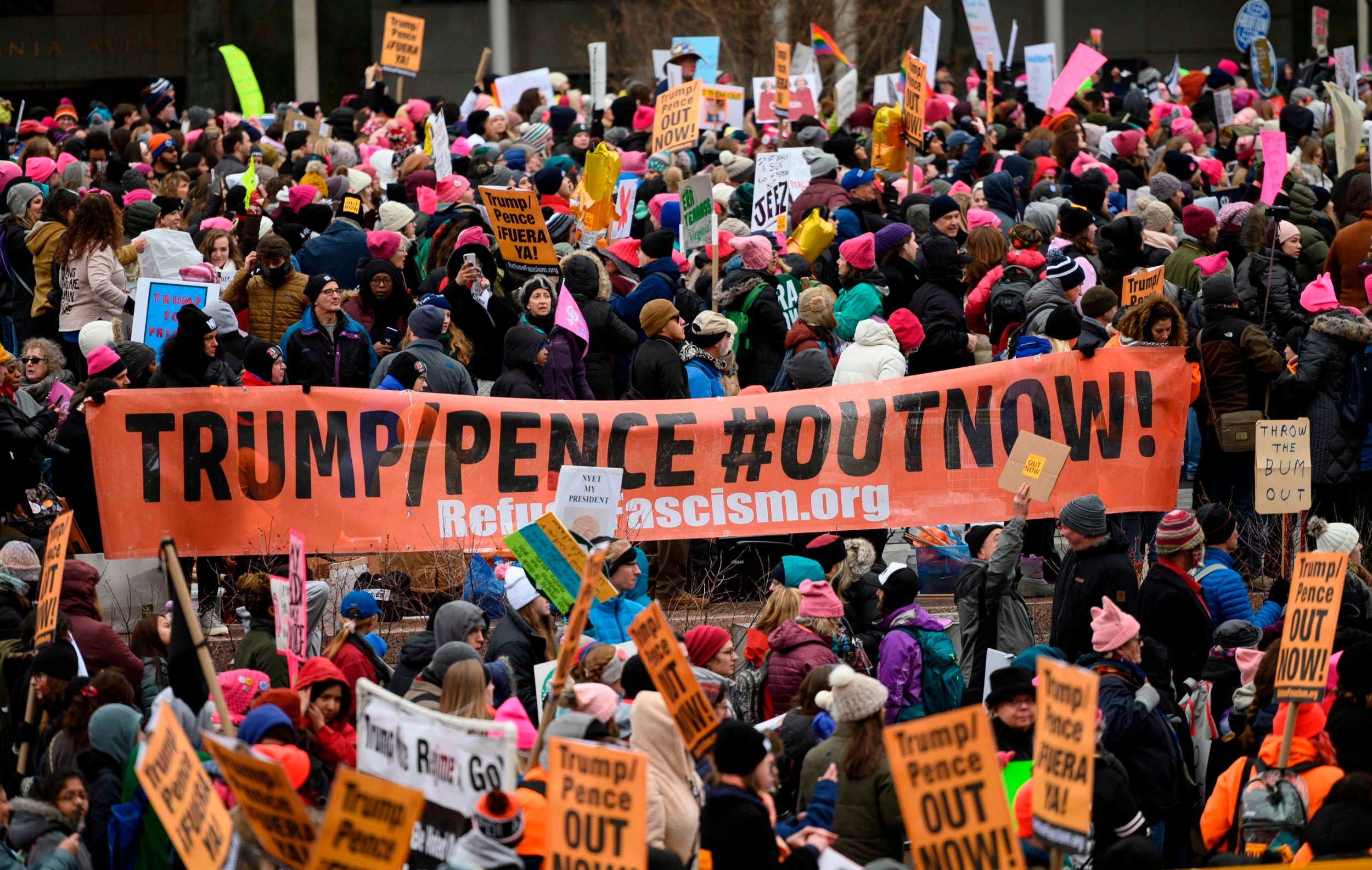
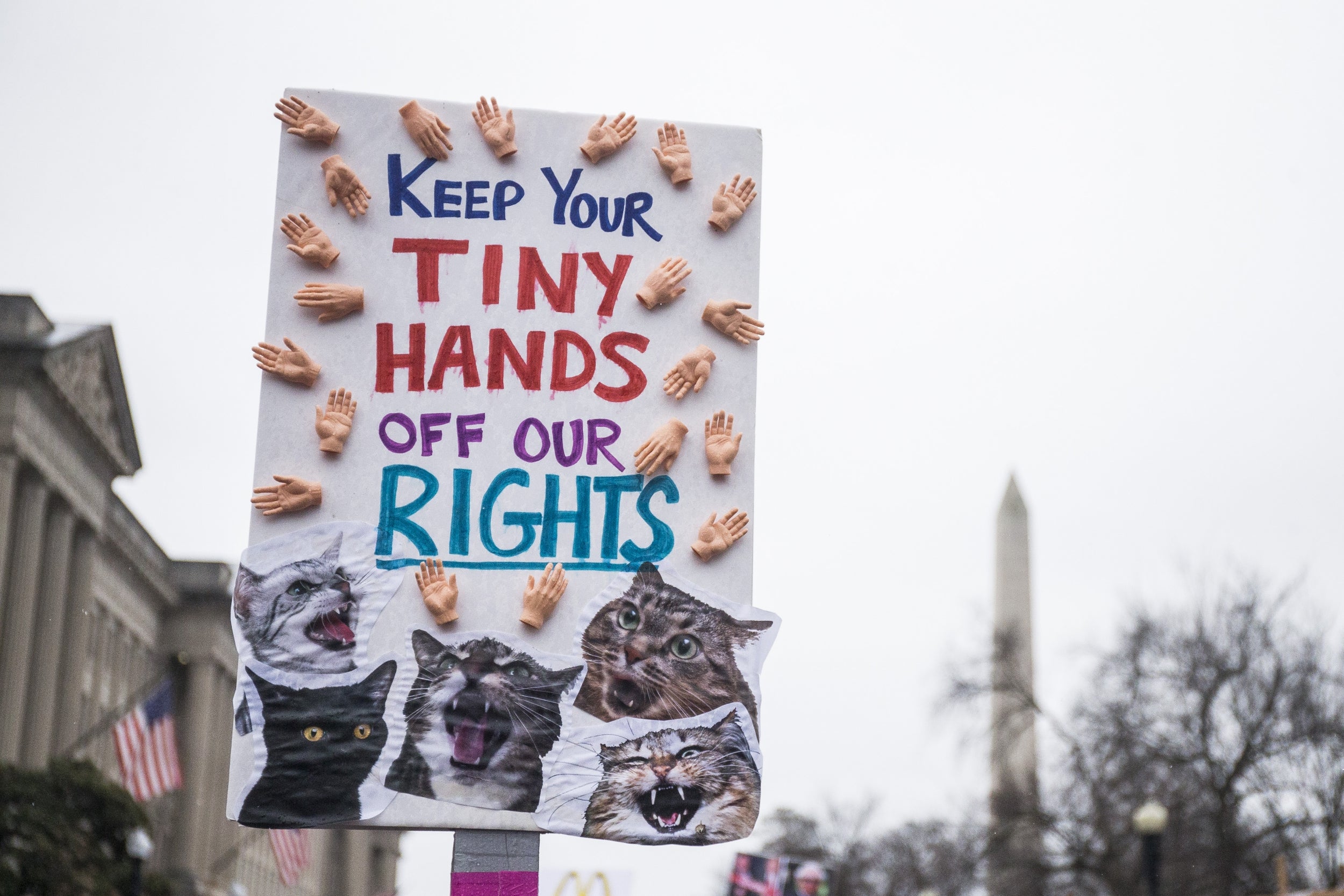

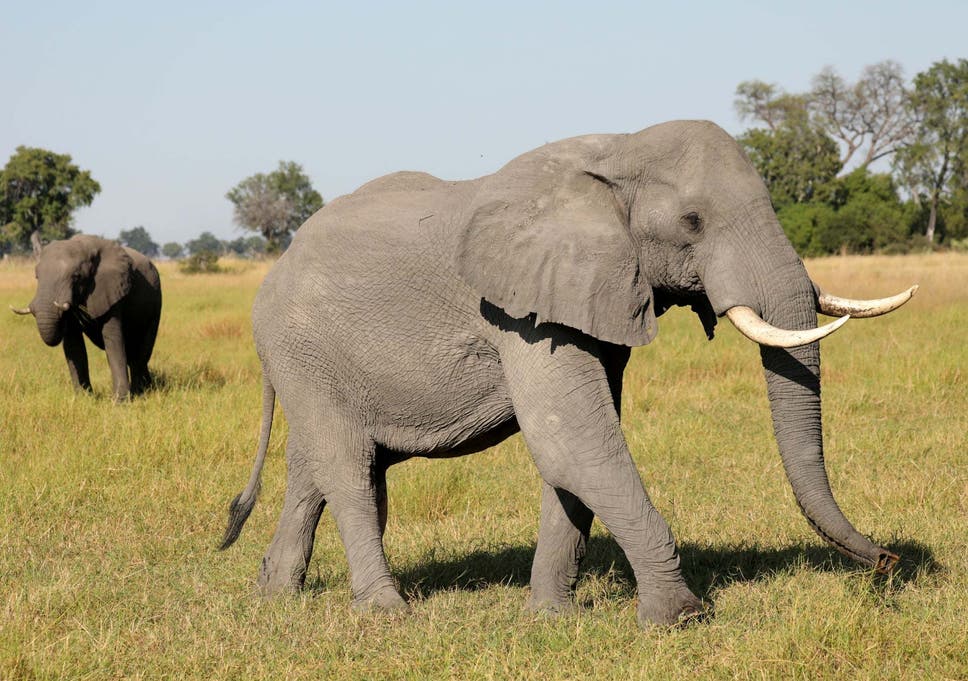
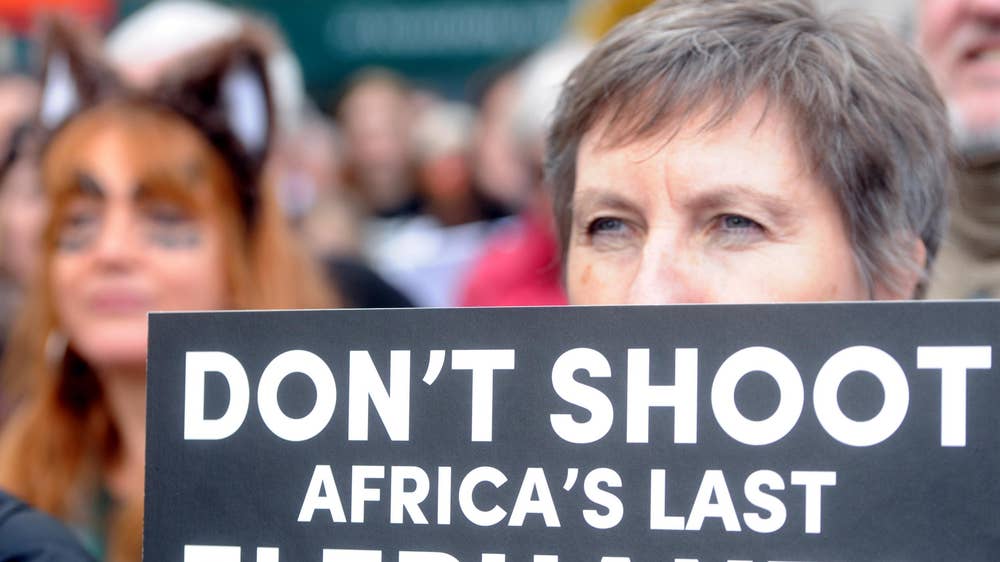
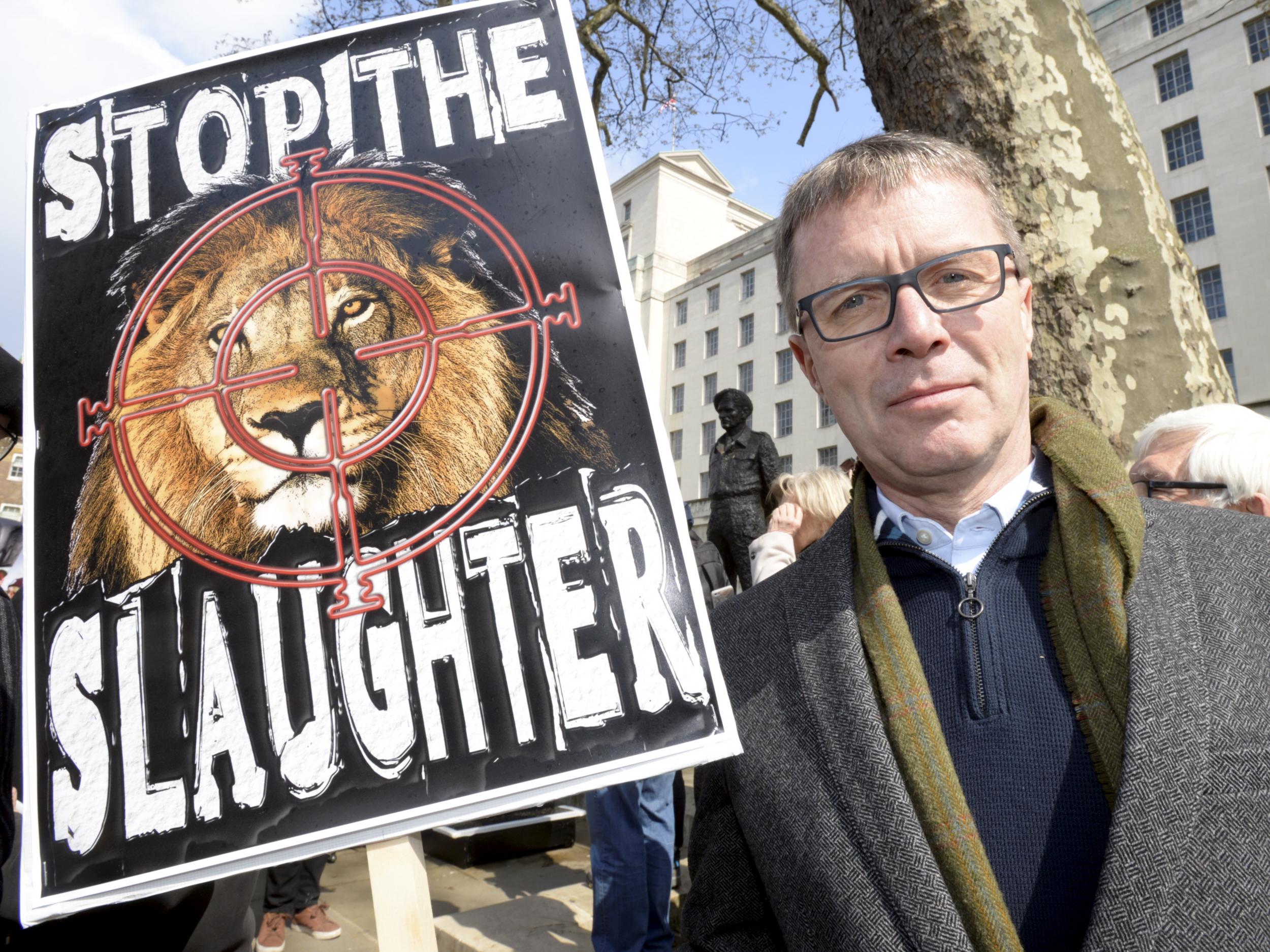
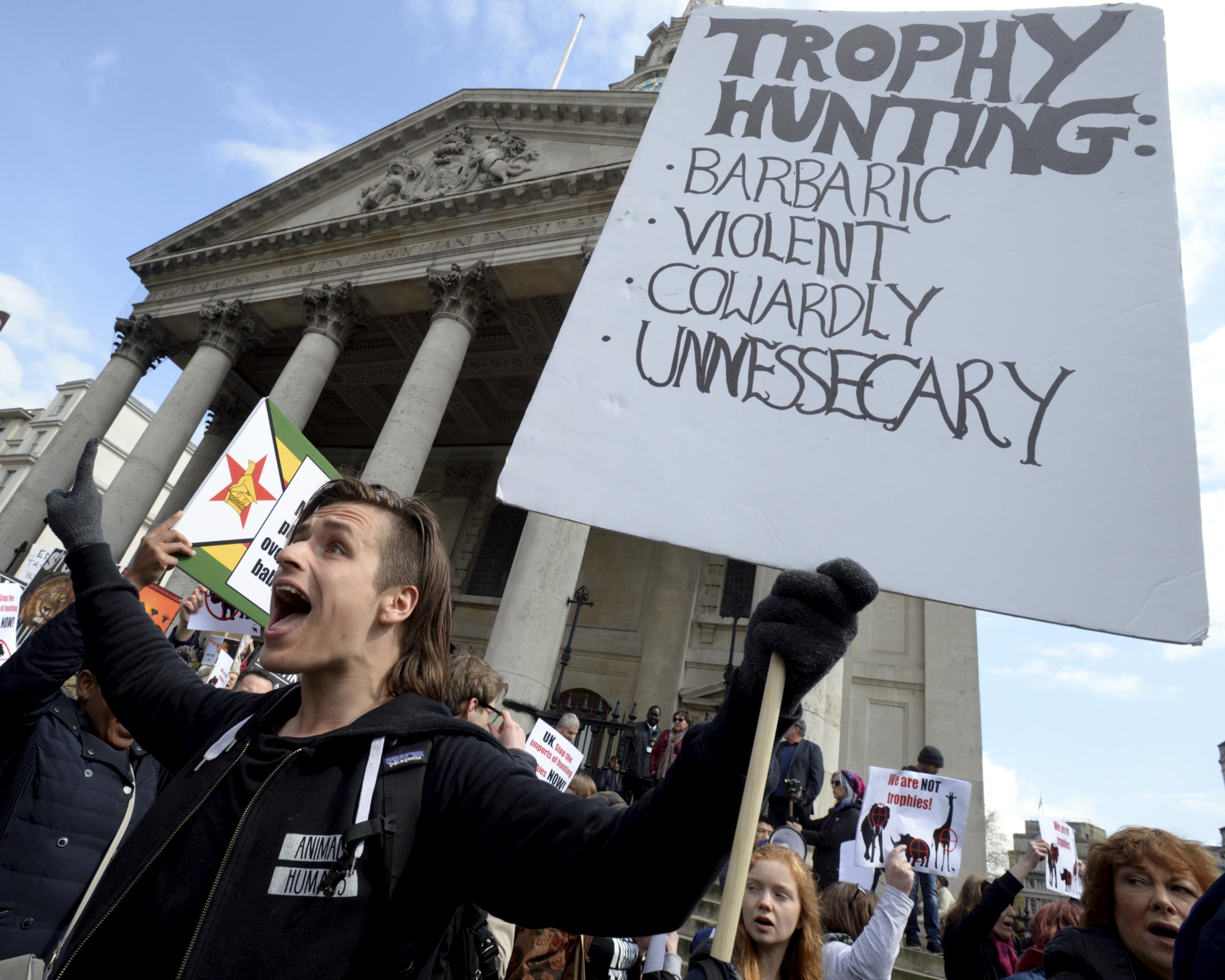
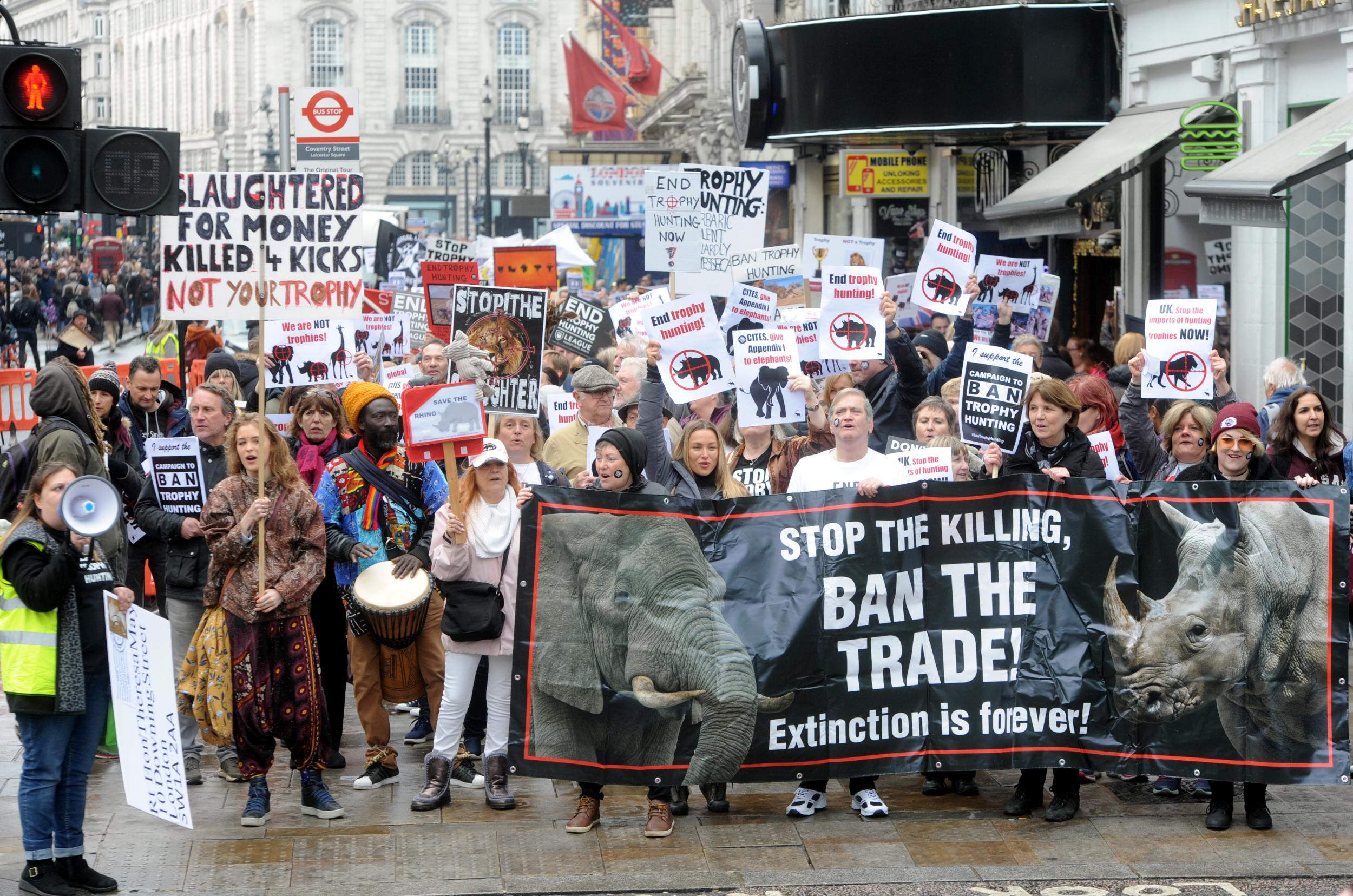
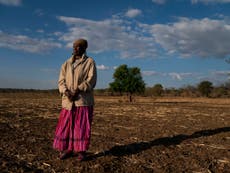

 © Kun TIAN Map of Africa's elephant populations, with chronology of species protection measures, the ivory trade ban and poaching
© Kun TIAN Map of Africa's elephant populations, with chronology of species protection measures, the ivory trade ban and poaching

